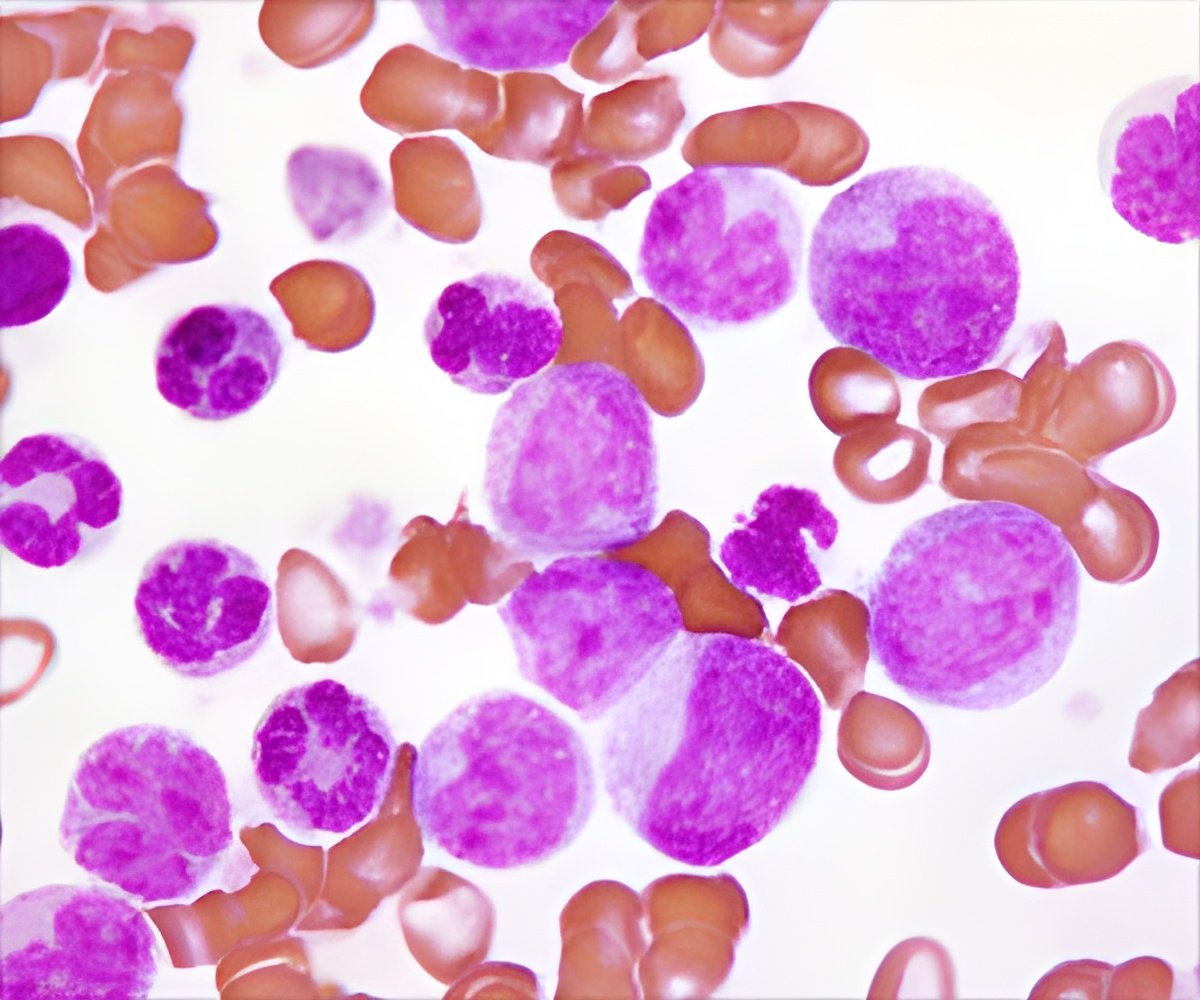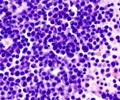An international study conducted at the Institut de recherches cliniques de Montreal (IRCM) could pave way for the development of an alternative treatment for lymphoid leukemia

The researchers' results have direct implications for the treatment of acute lymphoblastic leukemia (ALL), one of the four most common types of leukemia.
ALL is a cancer of the bone marrow and blood that progresses rapidly without treatment.
Current treatments consist of chemotherapy and radiation therapy, which are both highly toxic and non-specific, meaning that they damage healthy cells as well as tumour tissues.
"Even when effective, patients can suffer dramatic side effects from these treatments," Dr. Moroy, who is also Director of the Hematopoiesis and Cancer research unit at the IRCM and corresponding author of the study said.
"Therefore, they would directly benefit from an improved therapy that could reduce the necessary dose of radiation or chemotherapy, and thus their side effects, while maintaining the treatments' efficacy. Therapies that target specific molecules have shown great promise. This is why, for the past 20 years, I have been studying a molecule called Gfi1, which plays an important role in the development of blood cells and cancer," Moroy said.
Advertisement
"With this study, we found that leukemic cells depend on the Gfi1 molecule for their survival," Dr. Cyrus Khandanpour, co-first author of the study and University Hospital physician at University Duisburg-Essen in Germany said.
Advertisement
Moroy said that after this discovery, they wanted to test whether it could be used as a viable approach to treat leukemia in humans.
The findings are published in the scientific journal Cancer Cell.
Source-ANI












